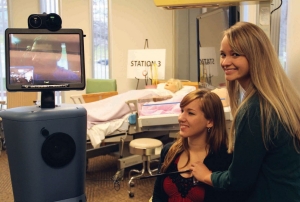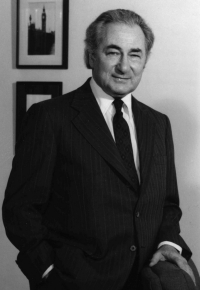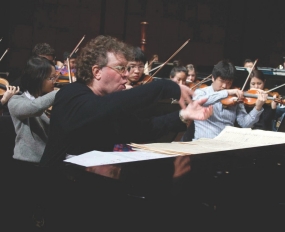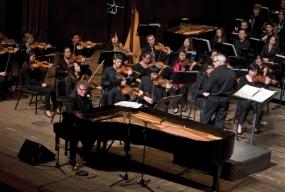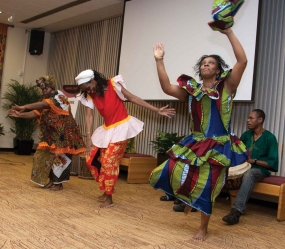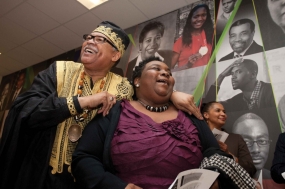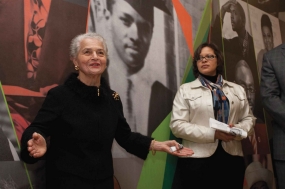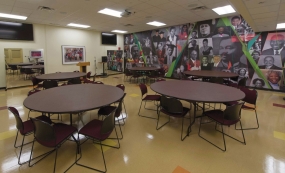MEDICAL BREAKTHROUGHS
Robo-nurse joins college
Flo-Bot the robot, named after Florence Nightingale, joined the UC College of Nursing as part of an investigation into how robotics can assist with projected nurse and nurse-educator shortages. The college is investing in such “telehealth” technology to prepare students for transforming environments and to ensure workforce readiness, says Debi Sampsel, the college’s chief officer of innovation and entrepreneurship.
Flo will be stationed in a community-based setting as part of a research study on effectively extending the reach of faculty, other health-care providers and the aging nursing workforce. Telehealth robots are used in the health-care field to overcome geographical limitations and to provide medical access to facilities that do not have advanced degree specialists on staff.
(Read more.)
Stems cells for cancer
Lung cancer, with its 15 percent survival rate, is the world’s No. 1 cancer-killer. UC Cancer Institute researchers have recently shown that lung-cancer stem cells can be isolated and grown, offering a new avenue for treatment options targeting stem cells. “One of the hypotheses behind why cancer therapies fail is that the drug only kills cells deemed to be ‘bad,’ but leaves behind stem cells to repopulate the tumor,” says medical professor John Morris, senior author of the study. “These cancer stem cells may also have the highest potential to spread to other organs.”
Studying these unique cells could improve understanding of lung cancer’s origins and lead to novel therapeutics targeting these cells to more effectively eradicate the disease. (Read more.)
High-risk screening
The UC Cancer Institute offers a screening program for people who have smoked a pack of cigarettes a day for more than 20 years and those with prior lung-cancer diagnoses. The program, the Tristate’s first and one of only a handful nationwide, uses low-radiation-dose CT scans to identify cancer in people with no symptoms in an attempt to begin treatment earlier.
A National Cancer Institute study reports that high-risk people experienced 20 percent fewer lung-cancer deaths with low-radiation screening compared to traditional X-rays. (Read more.)
Migraine help in flash
UC researchers have found that lightning may affect the onset of headaches and migraines. Headache expert Vincent Martin, general internal medicine professor and UC Health physician, led a study with his son, fourth-year medical student Geoffrey Martin, showing a 31 percent increased risk of headache and 28 percent increased risk of migraine for chronic sufferers on days lightning struck within 25 miles of their homes.
The results, published in the January online edition of Cephalalgia journal, are the first tying lightning to headaches and could help chronic sufferers more efficiently anticipate the onset of a painful episode and begin preventive treatment immediately. (Read more.)
Breast-cancer vaccine
UC Cancer Institute scientists recently published the first scientific evidence that using oral delivery of a unique virus — known as recombinant adeno-associated virus — as a breast cancer vaccine was effective in slowing breast cancer growth as well as eliminating health concerns associated with previous approaches. (Read more.)
Improved stroke care
Research to improve stroke treatment and post-stroke results continues with UC stroke specialists based in the Department of Neurology and Rehabilitation Medicine and the Department of Emergency Medicine. In February, they presented research at the American Heart Association/American Stroke Association’s International Stroke Conference showing three things:
- How a delay in breaking up clots translates to a worse stroke outcome.
- The benefits of minimally invasive tPA drug delivery to break up clots.
- A novel combination treatment approach for ischemic stroke.
Hospital infections
Led by Ohio Eminent Scholar and associate professor Andrew Herr, UC researchers made a major discovery in exploring the causes of hospital-acquired infections. The team found a piece of the puzzle crucial to the formation of infection-causing colonies of bacterial cells, a find that could lead to new treatments. Specifically, they solved the crystal structure of a protein involved in holding bacterial cells together in a biofilm. (Read more.)
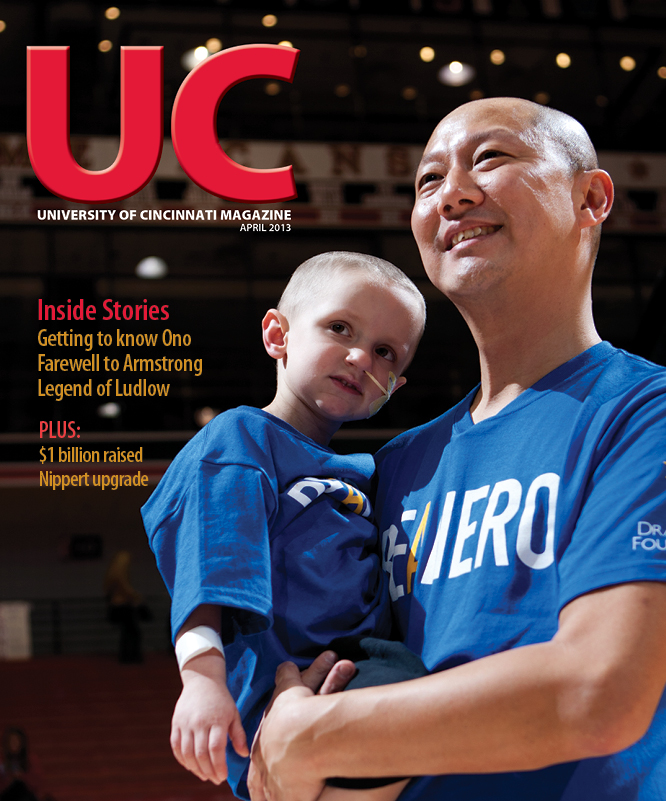
 Past Issues
Past Issues
